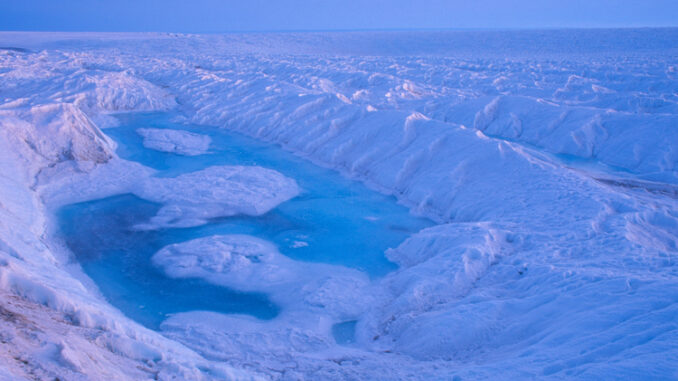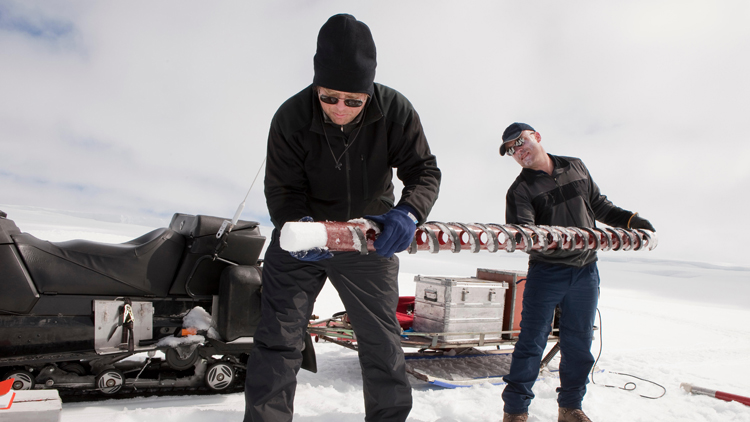
Did you know that we are in the middle of an ice age? It may not seem like it, but it’s true! An ice age is a long period of time when Earth’s temperatures are colder, resulting in large areas that are covered in ice. But the climate does not stay cold the whole time. It alternates between colder glacial periods and warmer interglacial periods. We are in an interglacial period right now.
There have been at least five major ice ages in Earth’s history. The most recent ice age is called the Pleistocene Epoch. It began about 2.6 million years ago and ended 11,700 years ago. This is the period of time during which humans developed.
The last ice age is also known for the many large land mammals that lived during that time. These are often called megafauna and include mammoths, mastodons, and saber-toothed cats. There were also large flightless birds and lizards. Many of the megafauna went extinct at the end of the Pleistocene. After these extinctions, humans became the dominant land mammal.
During an ice age, glaciers reshape the land. The sea level drops because much of Earth’s water is frozen. Land bridges appear that connect continents.

How do we know what Earth’s climate was like in the past? Scientists study evidence left by glaciers, ice cores, deep sea sediments, and fossils. Ice and sediment cores provide detailed climate records. Scientists have even found paintings in caves left by humans that give us information about the past.
What Do You Think? How do scientists know that we are in an interglacial period right now?
Photo Credit: (t)Denis Crawford/Alamy Stock Photo, (b)ARCTIC IMAGES/Alamy Stock Photo



